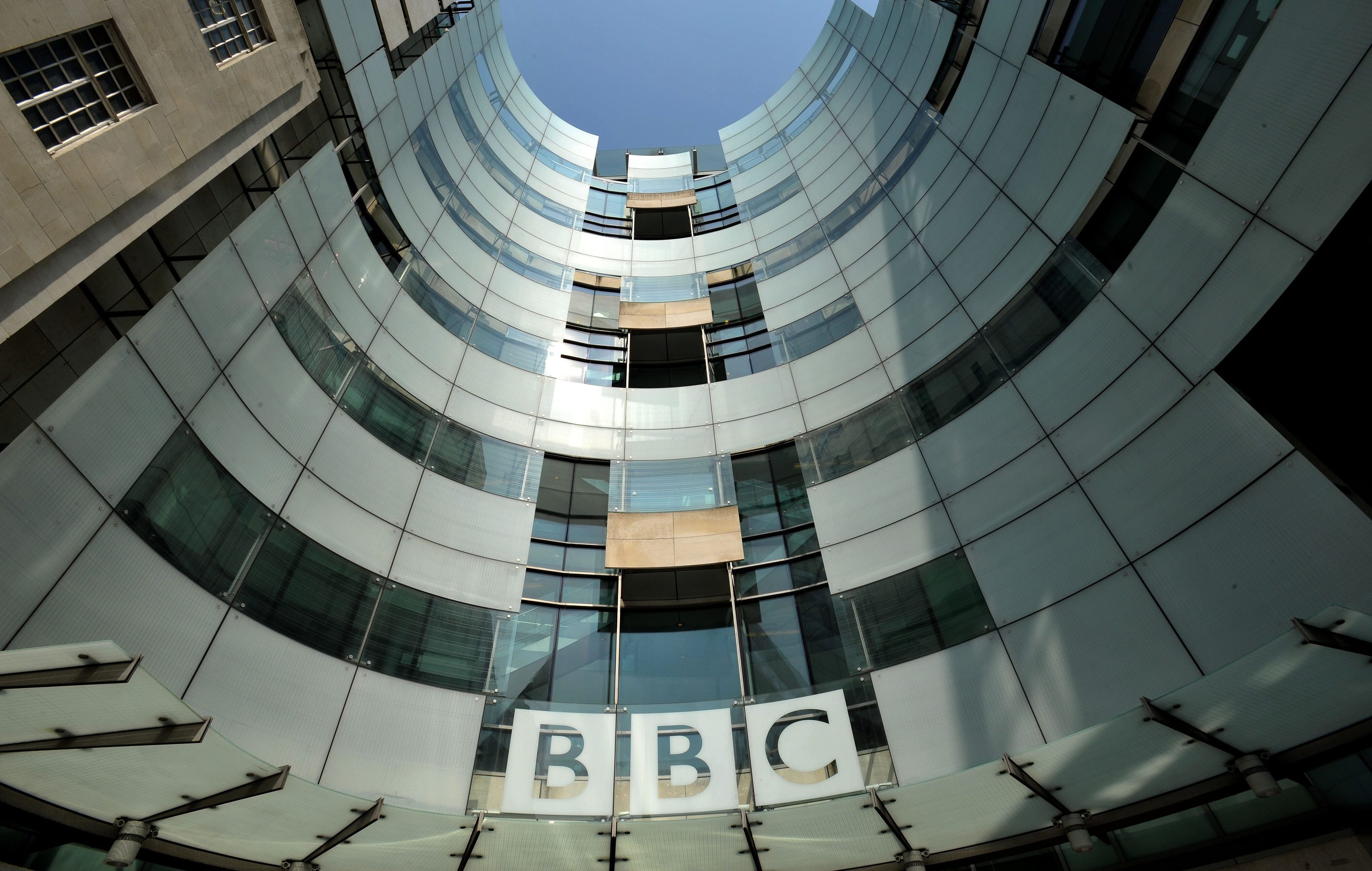The BBC licence fee is likely to rise by £15 over the next five years, under plans outlined in the Government’s White Paper.
It has been frozen at £145.50 for the past six years, but will now increase in line with inflation starting from next year.
The cost of a licence is forecast to reach £160.50 by 2021/22 – the equivalent of 44 pence per day.
It will provide the BBC with over £18 billion of public money between 2017/18 and 2021/22.
An increase of £15 is the equivalent of a 10% rise in the licence fee, but it will be staggered over the next five years with annual rises of around £3.
The amount could change if the level of inflation rises or falls, however.
https://www.youtube.com/watch?v=qbSUqN6qfAI
Explaining its decision in the White Paper, the Government said it wanted to “ensure the BBC has sufficient funding to invest in high quality, distinctive output that audiences enjoy and value at a time when the revenues of some leading commercial providers have been growing.
“This rising public investment in the BBC will also continue to result in continued value in the UK’s creative industries.”
It added that the rise in the licence fee came with the “clear expectation and incentives to ensure the BBC uses public money in the most efficient way possible”.
Everyone in the UK who watches or records TV programmes at the same as they are broadcast needs to be covered by a TV licence.
This includes TVs, computers, mobile phones, games consoles, digital boxes and DVD/video recorders.


